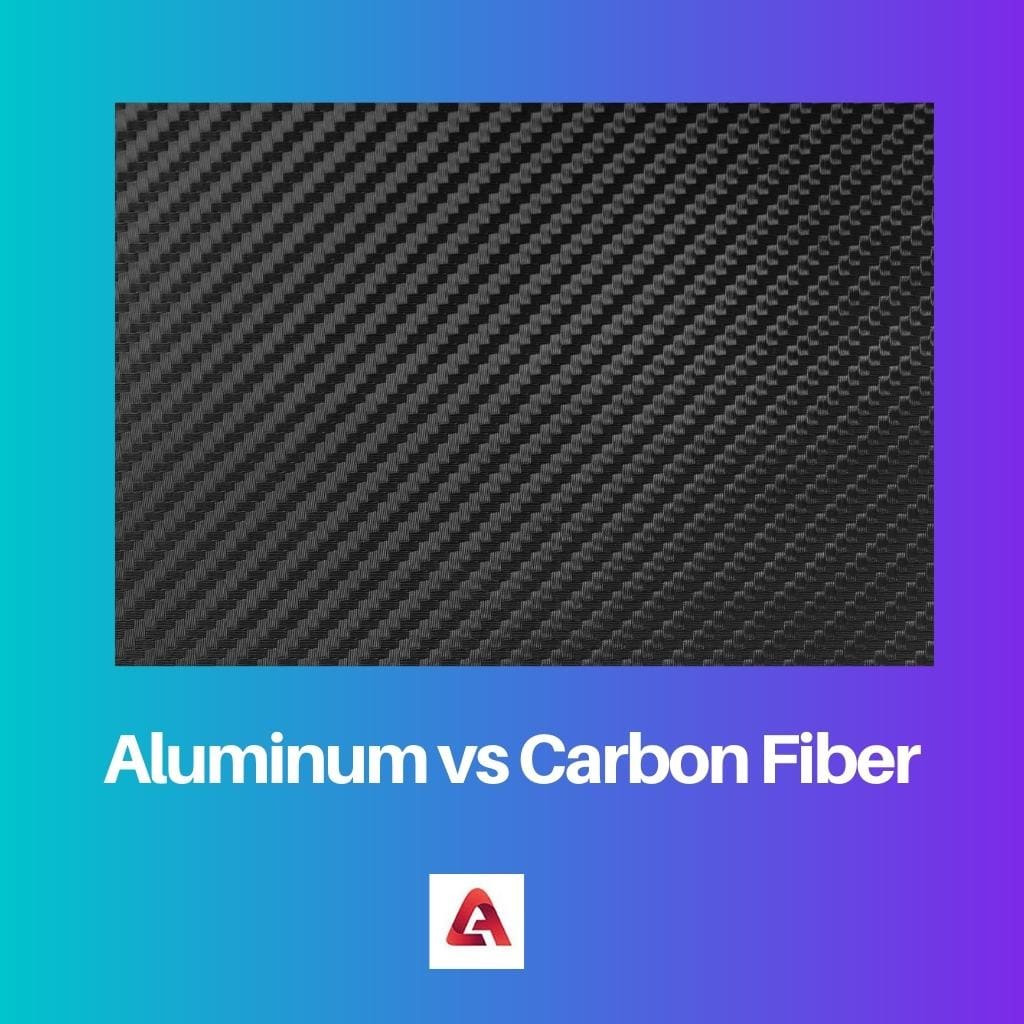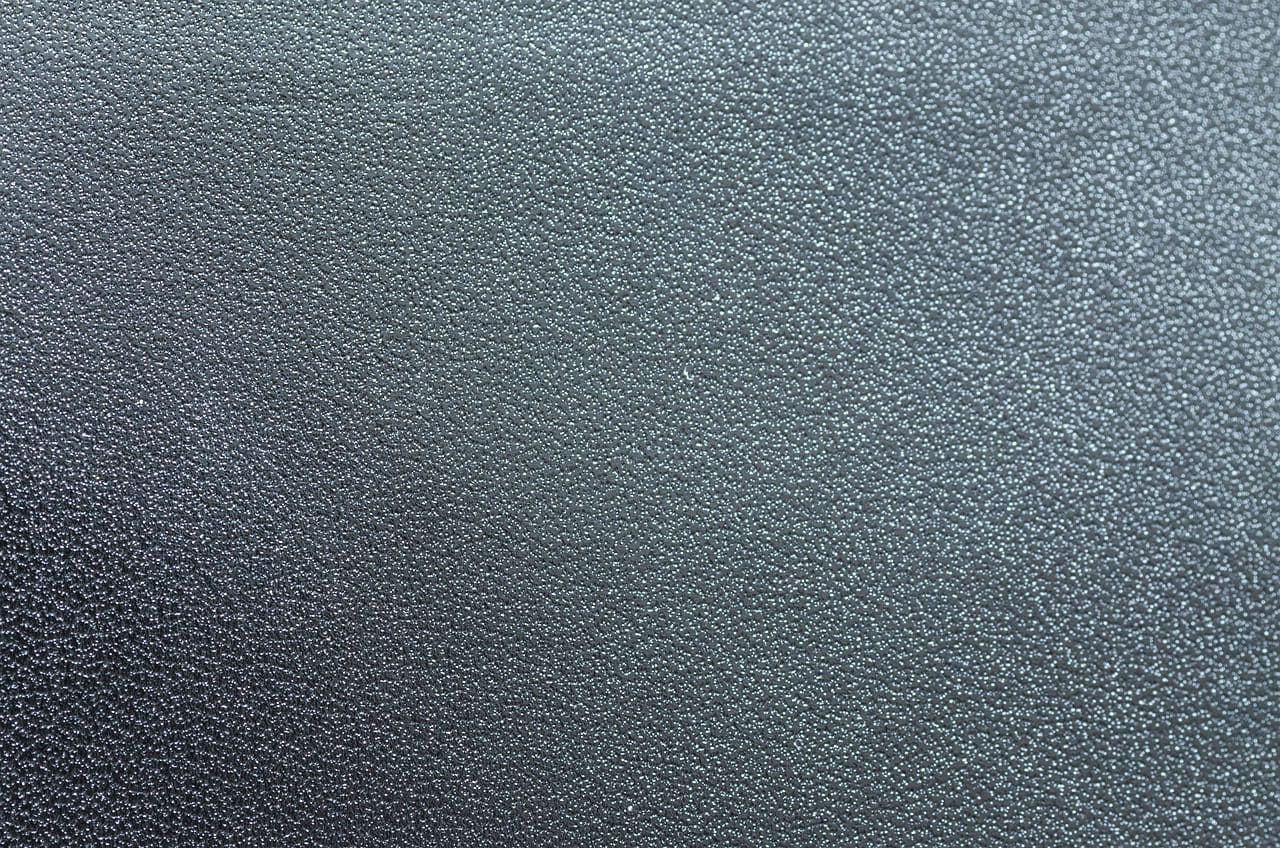Aluminum offers a balance of durability and affordability, making it a common choice for various applications. On the other hand, carbon fiber boasts exceptional strength-to-weight ratio, ideal for high-performance products where weight reduction is critical, albeit at a higher cost.
Key Takeaways
- Aluminum is a lightweight metal that is corrosion-resistant and malleable, while Carbon fiber is a lightweight, high-strength material made of carbon atoms.
- Aluminium is cheaper, easier to manufacture, and more widely used in various industries, while Carbon fiber is expensive, harder to manufacture, and mostly used in aerospace, automotive, and sports industries.
- Aluminum is more malleable and can be formed into various shapes, while Carbon fiber is stiffer and can be molded into specific shapes for specific applications.
Aluminum vs. Carbon Fiber
The difference between Aluminum and Carbon Fiber is that aluminium fibre comprises parallel aluminium filaments. Carbon fibers combine carbon atoms in crystals and place them parallel to the long axis.

Carbon fibre has more strength than aluminium fibre, but in crashes, it is less likely that it lasts for reuse without repair, while aluminium fibre can be used without the need for repairs.
Comparison Table
| Property | Aluminum | Carbon Fiber |
|---|---|---|
| Density | 2.7 g/cm³ | 1.55 g/cm³ (composite) |
| Weight | Lighter than steel, heavier than carbon fiber | Significantly lighter than aluminum |
| Strength | High, but lower than carbon fiber | Very high, several times stronger than aluminum |
| Stiffness | High, but lower than carbon fiber | Very high, can be several times stiffer than aluminum |
| Heat Conductivity | Excellent | Low |
| Heat Resistance | Up to 400°F (200°C) | Higher than aluminum, does not melt, but resin can degrade at high temperatures |
| Corrosion Resistance | Good, forms a protective oxide layer | Excellent, resistant to most chemicals and salt water |
| Cost | Relatively inexpensive | Significantly more expensive than aluminum |
| Machinability | Easy to machine | More difficult to machine than aluminum |
What is Aluminum Fiber?
Aluminum is a versatile metallic element that is lightweight, silvery-white in color, and exhibits excellent corrosion resistance. It is the third most abundant element in the Earth’s crust, making up approximately 8% of its mass. Aluminum possesses several remarkable properties that make it highly sought after in various industries, including construction, transportation, aerospace, and packaging.
Physical Properties of Aluminum
- Lightweight: Aluminum is exceptionally lightweight, with a density approximately one-third that of steel. This property makes it an ideal material for applications where weight reduction is critical, such as in aerospace and automotive industries.
- Ductile and Malleable: Aluminum is highly ductile and malleable, allowing it to be easily formed into various shapes and sizes through processes like rolling, extrusion, and casting. This versatility enables manufacturers to create intricate designs and structures with ease.
- Corrosion Resistance: Aluminum naturally forms a thin oxide layer on its surface when exposed to oxygen, providing excellent corrosion resistance. This property makes aluminum well-suited for outdoor and marine applications where exposure to moisture and harsh environmental conditions is common.
Chemical Properties of Aluminum
- Reactivity: Aluminum is a relatively reactive metal, but its reactivity is moderated by the protective oxide layer that forms on its surface. This oxide layer prevents further corrosion and degradation, enhancing the material’s durability.
- Thermal Conductivity: Aluminum exhibits excellent thermal conductivity, making it an efficient heat conductor. This property is advantageous in applications where heat dissipation or thermal management is crucial, such as in heat sinks and cooking utensils.
- Electrical Conductivity: Aluminum also possesses good electrical conductivity, although not as high as copper. Nonetheless, it is widely used in electrical transmission lines, heat exchangers, and electrical components due to its favorable combination of conductivity and affordability.
Applications of Aluminum
- Transportation: Aluminum is extensively used in the transportation industry for lightweight vehicle components, including automobile body panels, aircraft structures, and bicycle frames. Its lightweight nature contributes to fuel efficiency and overall performance.
- Construction: Aluminum’s combination of strength, durability, and corrosion resistance makes it a popular choice for architectural structures, windows, doors, and roofing materials. Its aesthetic appeal and ease of fabrication further contribute to its widespread use in the construction sector.
- Packaging: Aluminum is commonly used in packaging materials, such as cans, foils, and containers, due to its lightweight nature, ability to preserve freshness, and recyclability.

What is Carbon Fiber?
Carbon fiber is a lightweight, high-strength material composed primarily of carbon atoms bonded together in a crystalline structure. It is renowned for its exceptional strength-to-weight ratio, making it an ideal choice for applications where both strength and low weight are paramount. Carbon fiber finds extensive use in industries such as aerospace, automotive, sports equipment, and renewable energy.
Composition and Manufacturing Process
- Carbon Atoms Arrangement: Carbon fiber is predominantly made up of long, thin strands of carbon atoms aligned parallel to the fiber’s longitudinal axis. These carbon atoms are bonded together in a crystalline structure, forming tightly packed hexagonal patterns.
- Precursor Material: The manufacturing process of carbon fiber begins with a precursor material, polyacrylonitrile (PAN) or rayon, which undergoes several chemical treatments to remove non-carbon elements and align the carbon atoms.
- Carbonization: The precursor material is then subjected to high temperatures in an oxygen-free environment through a process called carbonization. During carbonization, the material is heated to temperatures exceeding 1000°C (1832°F), causing the non-carbon atoms to vaporize and leaving behind a carbon-rich structure.
- Graphitization (Optional): In some cases, carbon fibers undergo an additional process called graphitization, where they are subjected to even higher temperatures to further align the carbon atoms and enhance the material’s strength and conductivity.
Properties of Carbon Fiber
- High Strength-to-Weight Ratio: Carbon fiber exhibits an extraordinary strength-to-weight ratio, surpassing that of traditional materials like steel and aluminum. This property allows carbon fiber components to be significantly lighter while maintaining exceptional strength and stiffness.
- Low Thermal Expansion: Carbon fiber has a low coefficient of thermal expansion, meaning it expands and contracts minimally when exposed to temperature fluctuations. This property makes it highly resistant to thermal deformation and ideal for applications in extreme temperature environments.
- Corrosion Resistance: Unlike metals, carbon fiber is inherently resistant to corrosion and degradation when exposed to moisture, chemicals, and environmental elements. This makes it suitable for use in harsh operating conditions where corrosion could compromise the integrity of traditional materials.
Applications of Carbon Fiber
- Aerospace: Carbon fiber is extensively used in the aerospace industry for manufacturing aircraft components, such as fuselage panels, wings, and interior structures. Its lightweight nature contributes to fuel efficiency and enhances overall aircraft performance.
- Automotive: In the automotive sector, carbon fiber is employed in the production of lightweight vehicle components, including body panels, chassis reinforcements, and interior trims. These components contribute to weight reduction, improving fuel economy and handling characteristics.
- Sports and Recreation: Carbon fiber is widely utilized in sports equipment, such as bicycles, tennis rackets, golf clubs, and fishing rods, due to its high strength, stiffness, and lightness. Athletes benefit from enhanced performance and maneuverability provided by carbon fiber-based products.
- Renewable Energy: Carbon fiber plays a vital role in the renewable energy sector, particularly in wind turbine blades and lightweight structures for solar panels. Its strength and durability enable the construction of large-scale renewable energy systems capable of withstanding harsh environmental conditions.

Main Differences Between Aluminum and Carbon Fiber
- Material Composition:
- Aluminum is a metallic element known for its lightweight properties and corrosion resistance.
- Carbon fiber is a composite material composed primarily of carbon atoms bonded together, renowned for its exceptional strength-to-weight ratio.
- Strength and Weight:
- Aluminum offers moderate strength and is relatively lightweight compared to many other metals.
- Carbon fiber boasts a significantly higher strength-to-weight ratio than aluminum, making it exceptionally lightweight while maintaining exceptional strength.
- Cost and Production:
- Aluminum is relatively affordable and easily mass-produced through casting, extrusion, and machining processes.
- Carbon fiber is more expensive than aluminum due to its complex manufacturing process, involving precursor material treatment, carbonization, and sometimes graphitization.
- Corrosion Resistance:
- Aluminum naturally forms a protective oxide layer on its surface, providing excellent corrosion resistance.
- Carbon fiber is inherently resistant to corrosion, making it ideal for applications where exposure to moisture and harsh environments is common.
- Fabrication and Design Flexibility:
- Aluminum is easily formed and fabricated through conventional methods such as casting, bending, and welding, offering design flexibility.
- Carbon fiber’s fabrication involves molding and curing processes, offering greater design flexibility for complex shapes and structures.
- Applications:
- Aluminum finds widespread use in industries such as transportation, construction, and packaging due to its balance of strength, durability, and affordability.
- Carbon fiber is commonly used in high-performance applications such as aerospace, automotive, sports equipment, and renewable energy, where weight reduction and superior strength are critical.
- Environmental Impact:
- Aluminum is highly recyclable, with a well-established recycling infrastructure, making it environmentally friendly.
- Carbon fiber recycling is challenging due to its complex composite structure, although advancements are being made in recycling technologies to improve its sustainability.




